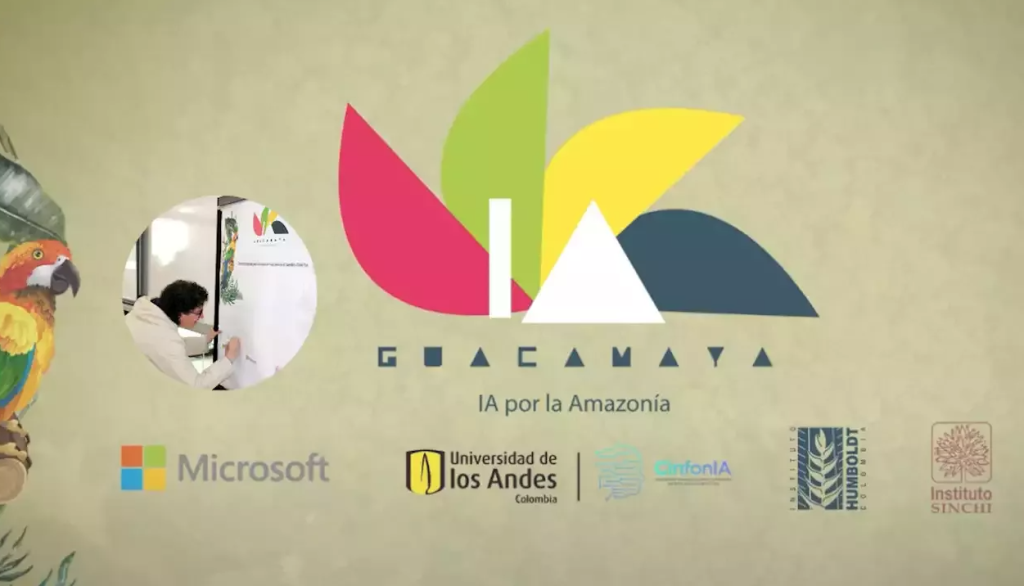RAM Methodology: UNESCO’s Tool for Ensuring Ethical AI

To assess each country’s preparedness for implementing Artificial Intelligence ethically and responsibly, UNESCO developed a tool called the Readiness Assessment Methodology (RAM). In Latin America, 14 countries are currently implementing it, with Chile standing out as a global model, being the first to complete the assessment. If there’s one area where consensus exists regarding Artificial […]
OBIA, the Brazilian AI Observatory

In response to AI’s impact on productive, educational, and commercial ecosystems, and to ensure transparency and accountability in its use, Brazil developed its National Artificial Intelligence Strategy in 2021, which was recently updated. A key role in its implementation is played by the Brazilian Artificial Intelligence Observatory, which is collecting AI data across Brazil with […]
Ethical Algorithms: Chile’s Commitment to Fair and Transparent AI

The “Ethical, Responsible, and Transparent Algorithms” initiative, led by GobLab, the public innovation lab at Adolfo Ibáñez University, promotes the integration of ethical principles into public procurement algorithms that utilize AI or data science. This pioneering project in Latin America has developed replicable tools to enhance transparency and prevent discrimination in pubArtificial Intelligence (AI) is […]
Humboldt Cable: The Collaborative Effort Between Google and the Chilean Government to Enhance Connectivity Across Latin America

The Humboldt Cable is the first submarine fiber-optic route that will connect Chile with Australia, enabling faster, more stable, and cost-effective connectivity between South America, Oceania, and the Asia-Pacific region. This joint initiative between Google and the Chilean government aims to boost the digital economy of Chile and all of Latin America, while linking them […]
The Flight of the Macaw: The Project Where Microsoft and Research Converged in AI

The University of Los Andes, the Humboldt Institute, and the SINCHI Institute in Colombia, in collaboration with Microsoft, have developed an AI platform that processes satellite data, bioacoustic recordings, and camera trap footage. The project aims to monitor deforestation and biodiversity in the Amazon. This innovative and powerful tool will provide key information to protect […]
Plu, the intelligent assistant set to revolutionize education in Brazilian schools

As a unique and groundbreaking service, one of Brazil’s largest educational companies, SOMOS Educação, is offering AI tools for teachers and students through its Plurall platform. This includes Plu, the intelligent assistant developed in collaboration with Amazon Web Services (AWS) to support teachers with lesson plans that optimize their time. Plu will be implemented as […]

